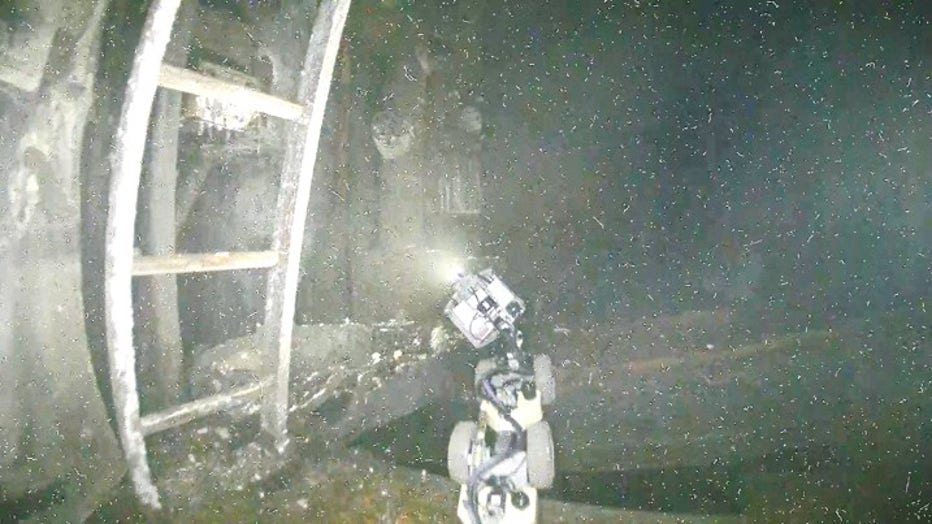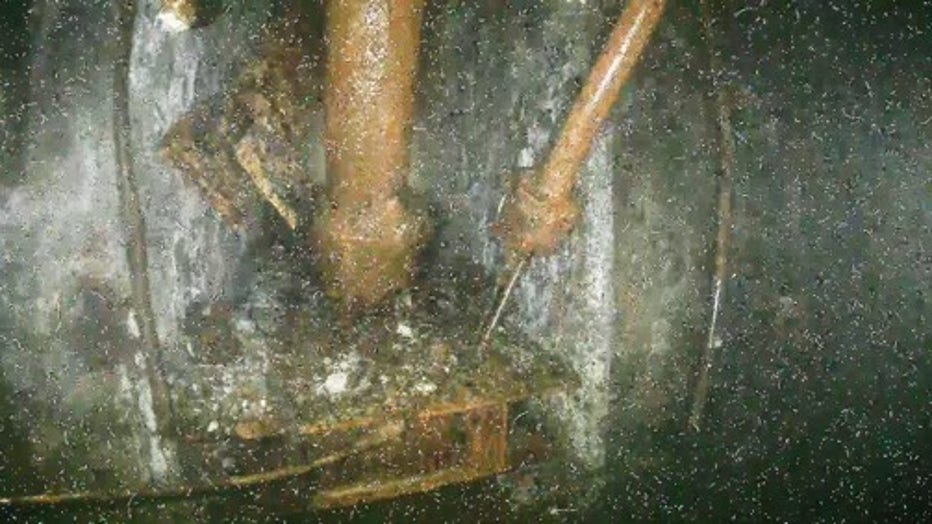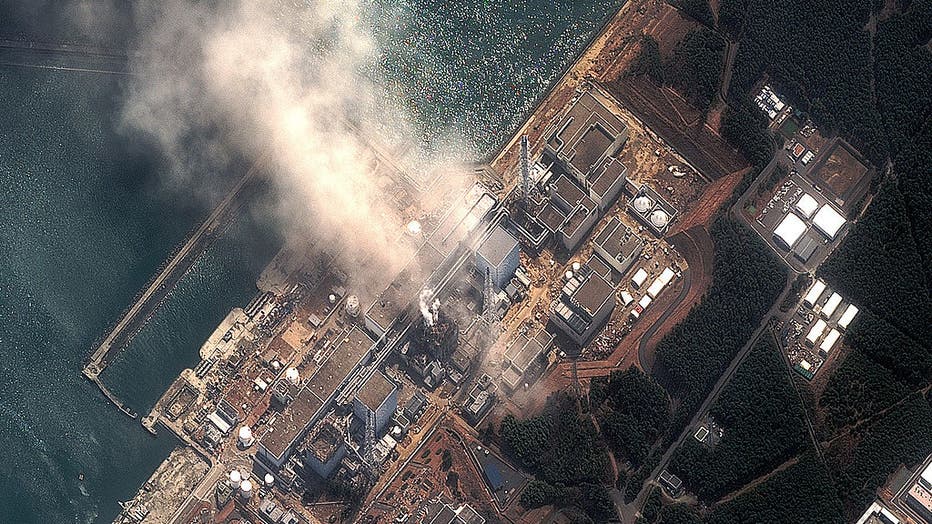Japan sent drones deep inside Fukushima; here's what they saw

How you should prepare for a nuclear attack
Here are the top few items survival expert Thomas Coyne advised everyone should have in their residence in the event of any kind of natural disaster or even a nuclear fallout situation.
TOKYO - New images of the damaged reactor at the crippled Fukushima nuclear plant in Japan have been released Monday by the plant's operator, Tokyo Electric Power Company (TEPCO).
The photographs were taken using miniature drones, which showed displaced control equipment and highlighted the daunting task of decommissioning the plant.
The 12 photos are the first from inside the main structural support called the pedestal in the hardest-hit No. 1 reactor’s primary containment vessel, an area directly under the reactor's core.
Officials had long hoped to reach the area to examine the core and melted nuclear fuel that dripped there when the plant's cooling systems were damaged by a massive earthquake and tsunami in 2011.

This image taken by a drone and provided by Tokyo Electric Power Company Holdings (TEPCO) shows a snake-shaped robot designed to assist a drone inside the No. 1 reactor. (TEPCO.)
In the past, TEPCO officials have sent a number of probes – including a crawling robot and an underwater vehicle – inside each reactor but was hindered by debris, high radiation and the inability to navigate through the rubble, though they were able to gather some data. In 2015, the first robot to go inside got stuck on a grate.
What do the photos show?
The drones captured high-definition color images showing brown objects of various shapes dangling within the reactor's pedestal. Among the dislodged items were parts of the control-rod drive mechanism, crucial for managing the nuclear reaction, and other core-related equipment.

This image taken by a drone and provided by Tokyo Electric Power Company Holdings (TEPCO) shows displaced equipment and misshapen materials inside the No. 1 reactor at the wrecked Fukushima Daiichi nuclear power plant in Okuma town, northeast Japan.
TEPCO officials couldn't confirm whether the dangling masses were melted fuel or equipment without additional radiation data, as the drones lacked dosimeters due to weight constraints.
Moreover, the drone cameras couldn't reach the bottom of the reactor core due to darkness in the containment vessel.
Why Fukushima is still a concern
Insights from this most recent study could advance future investigations into melted debris removal technologies and robots. However, much remains unknown about the interior of the reactor.
About 880 tons of highly radioactive melted nuclear fuel remain inside the three damaged reactors. TEPCO is attempting to learn more about its location and condition to facilitate its removal so the plant can be decommissioned.
But critics say the 30-40 year cleanup target set by the government and TEPCO is overly optimistic. The damage in each reactor is different, and plans need to accommodate their conditions.
In February, Tokyo Electric Power Company Holdings began releasing the fourth batch of the plant’s treated and diluted radioactive wastewater into the sea.
What happened at Fukushima?
A magnitude 9.0 earthquake that struck Japan on March 11, 2011 — one of the biggest on record — triggered a wall of water that swept far inland, destroying towns and causing meltdowns at the Fukushima Daiichi nuclear plant.
The days following the quake were terrifying for many in Japan and farther afield, as hydrogen explosions released radiation into the air and technicians worked furiously to try to cool the plant’s nuclear fuel by pumping in seawater.

In this satellite view, the Fukushima Dai-ichi Nuclear Power plant after a massive earthquake and subsequent tsunami on March 14, 2011 in Futaba, Japan.
There were concerns and confusion about the extent of meltdowns, and how far radiation might travel, including fears that Tokyo and even the U.S. west coast were at risk. Officials said they were not, but panicked shoppers as far away as China and Russia scrambled to stock up on goods they thought would protect them.
More than 18,000 people died, mostly in the tsunami, and nearly half a million people were displaced. The government recognizes another 3,700 — mostly from Fukushima prefecture — who died of causes linked to the disaster, such as stress.
Over a decade later, more than 40,000 people are still unable to return home, and areas near the wrecked plant are still off-limits due to contamination from the initial radiation fallout. Many in Japan have said that the country’s intense focus on physically rebuilding has at times ignored other healing that needed to be done.
The Associated Press contributed to this story. It was reported from Los Angeles.

